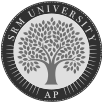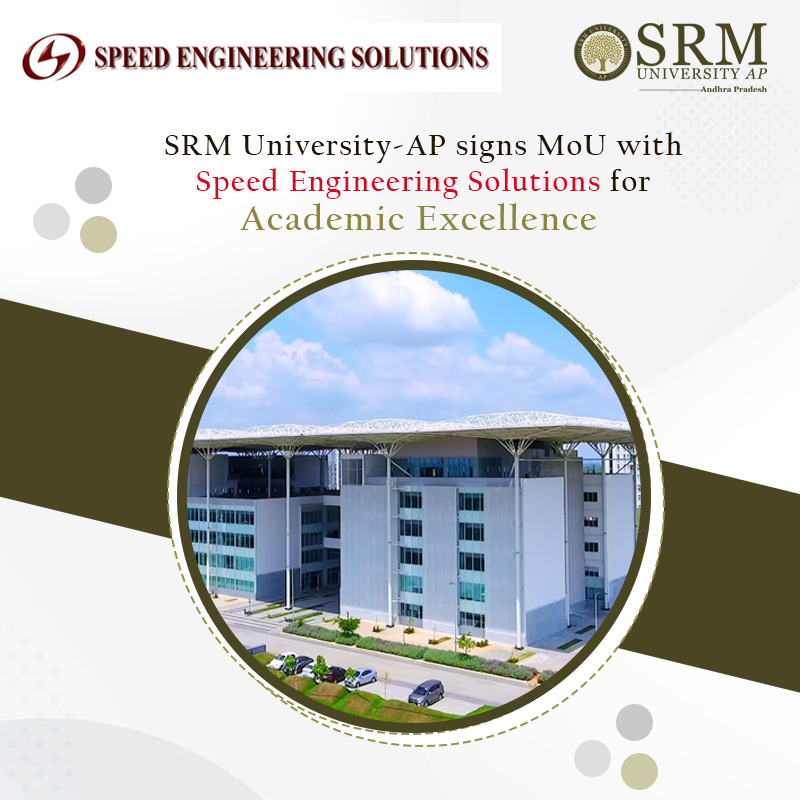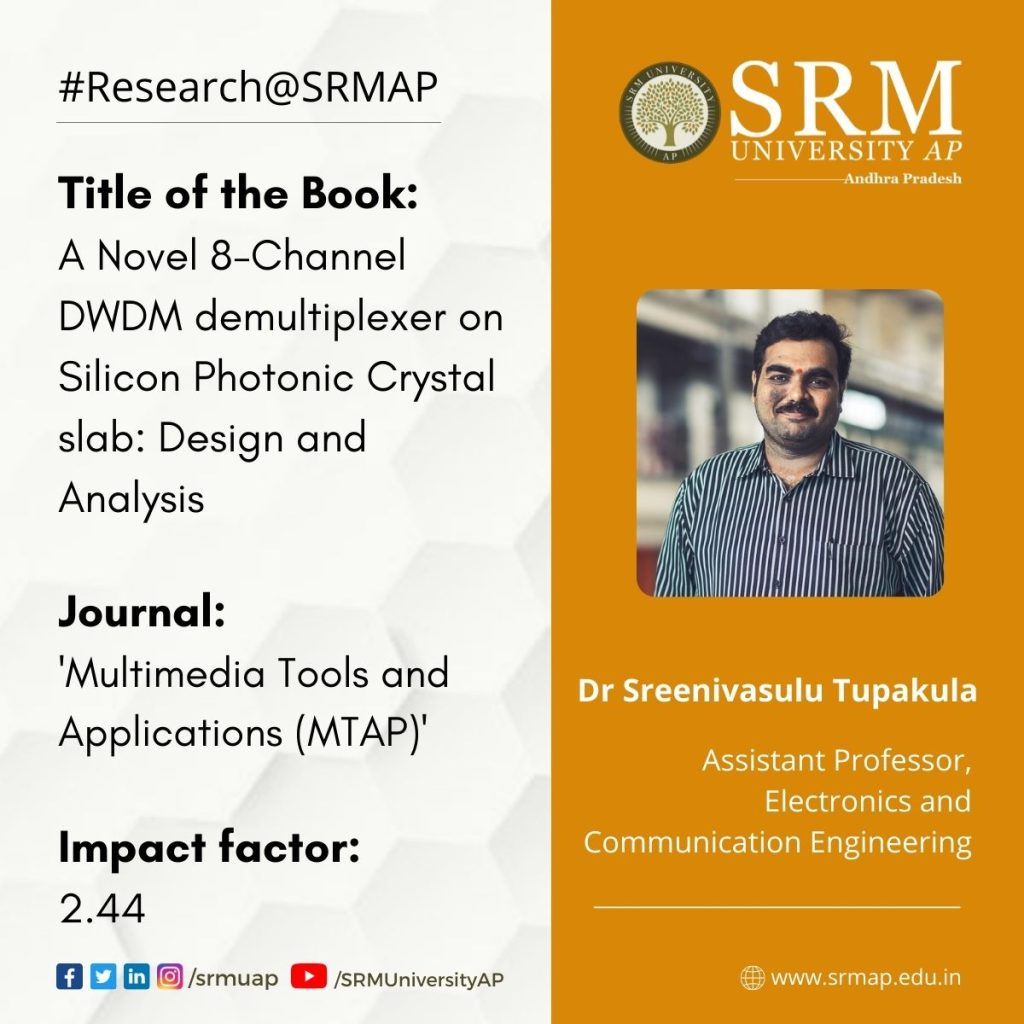A novel method of synthesising 2D transition metal oxide layers
Patent application No: 202241005220
Publication date: 11/02/2022
Title: Two-Dimensional Transition Metal Oxide Layers and a method for their Synthesis
Inventors: Dr. Jatis Kumar Dash, Shaik Md. Abzal, Kurapati Kalyan, Sai Lakshmi Janga
Department of Physics, SRM-University-AP, Andhra Pradesh
The Department of Physics is glad to announce that Dr Jatis Kumar Dash and his PhD Scholars Shaik Md. Abzal, Kurapati Kalyan and Sai Lakshmi Janga have got their patent “TWO-DIMENSIONAL TRANSITION METAL OXIDE LAYERS AND A METHOD FOR THEIR SYNTHESIS” published on February 11, 2022.
About the Patent
Extensive use of portable electronic products and the rapidly growing commercial markets in smart electric appliances have created a seemingly high demand for flexible, wearable high-performance photoelectric devices and energy storage technology. In the search for new materials to meet these criteria, one promising solution may be the two-dimensional (2D) material heterostructures, assembled by stacking different conventional 2D materials (for example, graphene, transition metal oxides, carbides, and chalcogenides) in hetero-layered architectures.
These 2D materials stackings are ultrathin layered crystals that show unusual physicochemical properties at few-atom thickness. These 2D heterostructures offer several key advantages for the next-generation devices such as (i) atomically thin 2D nanosheets provide a larger surface area due to complete exposure of the surface atoms, (ii) the edge sites in 2D nanosheets are chemically more reactive than their basal planes and the open gaps enable the intercalation of electrolyte ions and (iii) the high mechanical strength and flexibility at atomic dimensions allow them to be used in the next-generation wearable electronics.
But the growth and stacking of 2D materials is always a challenge. Also, the existing growth tools are complex and expensive. Here, at SRM University-AP, we have fabricated the large-area ultra-thin 2D transition metal oxide (TMO) layers using an easy and cost-effective method. In addition, these 2D TMO layers are further integrated to different other 2D materials for their use in nano-electronic devices. Our work shows the great potential of ultra-thin TMOs in 2D-material-based flexible electronics.
Social Implication
2D materials are the prime candidates for making flexible, wearable, foldable and transparent self-powered smart electronic devices. The next-generation smart electronic devices will be made of 2D materials heterostructures which will need less operating power, less consumption of materials and will have ultimate scalability.
The team is also in the process of optimization and aims to make prototype flexible 2D supercapacitors, photodetectors, ultrathin transistors, and various sensors.
- Published in Departmental News, News, Physics News, Research News
Machine learning algorithms predict stock market trends
Understanding stock market trends is crucial for investors to make key decisions. It was indeed a wonderful moment when Katla Sai Naveen from the Department of Computer Science and Engineering, presented a paper for the first time with an intelligent solution to that problem. The paper “A Novel Stock Price Prediction Scheme from Twitter Data by using Weighted Sentiment Analysis” was presented at the 12th International Conference on Cloud Computing, Data Science & Engineering (CONFLUENCE-2022), organised by Amity University, Noida, UP, India. It was co-authored by Nikhila Korivi, Godavarthi Chandra Keerthi under the mentorship of Dr V M Manikandan, Assistant Professor, Computer Science and Engineering. The paper will later be published in IEEE Xplore Digital Library.
Abstract:
Stock market forecasting is one of the most interesting research areas for many professionals and researchers. Economic conditions, investor sentiment, current events, future guidance, and a variety of other factors have an impact on the stock market. Since the stock market changes swiftly from time to time, it might be tough for a user or investor to keep up with the shifting trend. Combining sentiment analysis with a machine learning model, a solution to this problem has been introduced. Sentiment analysis is a text mining procedure that has one of the most important uses in analysing user reviews and evaluating the overall sentiment of a piece of text. The purpose of this research work is to create a machine learning model that takes recent tweets from the Twitter API and categorises each message as positive, bad, or neutral. Later, the impact of the person who wrote the tweet is also considered while predicting the trend. The parameters such as the total number of followers, the emotion of each comment on each post of selected stock, the number of likes and retweets are considered. An overview of the selected stock’s potential will be given to the user as the output.
This research will be useful for businessmen and people with enthusiasm for the stock market. The research will provide insights and intelligence to help make profitable decisions. False positives during sentiment analysis is a major concern in this domain. The team is focused on improving the existing approaches with better methods to identify false positives.
- Published in CSE NEWS, News, Research News, Students Achievements
SRMAP signed MoU with Speed Engineering Solutions
SRM University-AP has inked a Memorandum of Understanding(MOU) with Speed Engineering Solutions Pune. The MoU will significantly benefit the students of the Department of Mechanical Engineering in their studies and overall industry exposure. As part of the understanding, the following activities will be carried out-
- Speed Engineering will deliver interactive and insightful webinars on Product Design-Development and similar topics to all students of the university.
- Speed engineering will conduct online workshops on product design at subsidised charges for BTech and MTech students.
- Speed engineering will offer full-time summer internships on Industry oriented product design and development to our BTech and MTech students.
- Speed engineering will offer a series of skill-building projects based on industry work to the BTech and MTech students. They will work under the joint guidance of SRMAP faculty and experienced Speed Engineering professionals. These projects will be based on real-life industry problems.
- Speed engineering will offer in-campus internships to some of the students of SRM AP based on their project performance.
- Speed engineering will offer jobs to some of the brightest students based on their project performance.
Prof Prakash Jadav welcomed the initiative and said, “This MOU is an excellent initiative for the mechanical engineering department. Our students will get huge benefits such as the latest training on Product design and Simulations, CAD, CAE and many other things. The benefits do not end here. Our students will further be able to convert opportunities to work on live industry projects and internships into attractive job offers. I am certain that our students will reap all the benefits from this collaboration.”
Know more about Speed Engineering Solutions: About Us – Speed Engineering Solutions
- Published in Collaborations, Mechanical Engineering NEWS, News
Novel method to optimise optical information transmission
Mr D Lenin Babu from the Department of Electronics and Communication Engineering published his research “A Novel 8-Channel DWDM demultiplexer on Silicon Photonic Crystal slab: Design and Analysis” in Elsevier journal ‘Optik’, having an impact factor of 2.44. This research was carried out under the supervision of Dr Sreenivasulu Thupakula, Assistant Professor, Department of Electronics and Communication Engineering.
Abstract:
The published research presents a novel method to achieve optical information transmission at improved speed and reliability. Multiplexing and demultiplexing are the techniques used to enhance the information transmission rates and effective utilisation of channel bandwidths in communication systems. Dr Thupakula and Mr Lenin Babu proposed a new design with a minimised size of approximately 1mm and reduced information loss.
The team collaborated with the Applied Photonics Laboratory, Department of Electrical Communication Engineering, Indian Institute of Science, Bangalore, to conduct the research.
“The ongoing research is useful not only for communication applications but also for refractive index based sensing applications such as biosensing, Force sensing etc. Our future work includes Integrated optics-based antenna design for THz communication systems, Waveguide devices for sensing applications at THz wavelengths etc.,” said Dr Thupakula.
- Published in ECE NEWS, News, Research News





